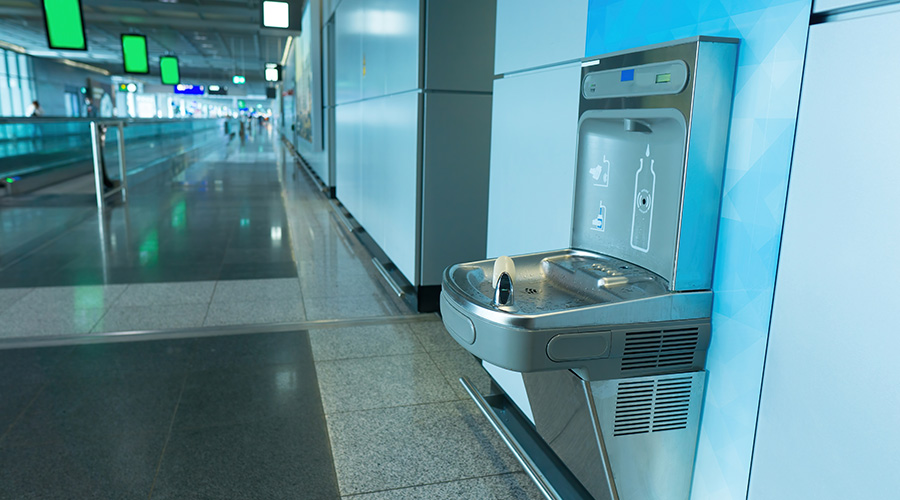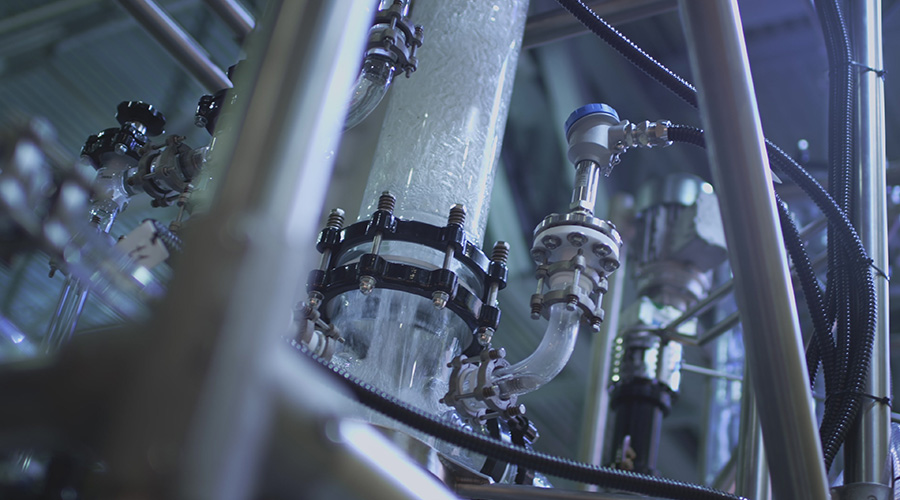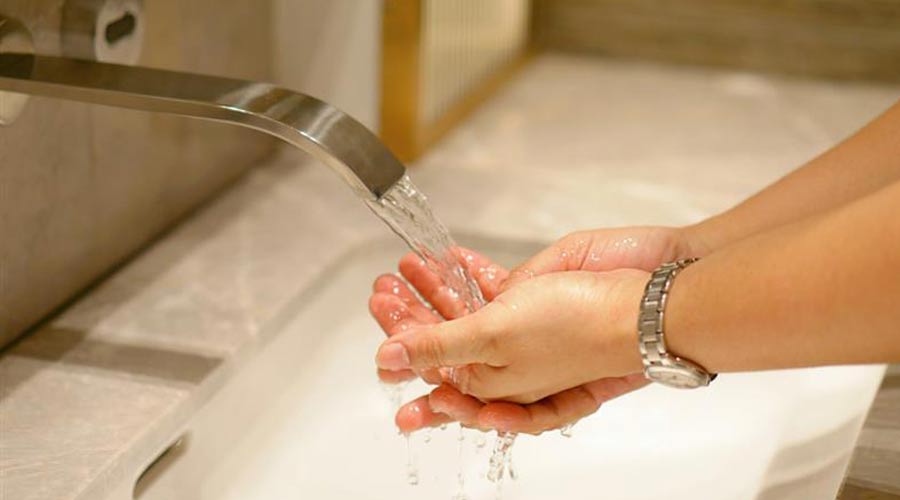Management Strategies for Tackling Legionella
Communicating clearly, seeing and big picture and ensuring compliance can help managers succeed in preventing Legionella growth.
The challenges presented by Legionella and Legionnaire’s disease go well beyond the technical aspects of the process. Owners and managers also need to consider several key issues related to non-technical issues, especially if testing reveals elevated Legionella levels or, in the worst-case scenario, cases of the disease arise.
“The most important thing that the organization should do is follow a water management program, and the water management program should define the validation responses that are warranted based on the test results,” Cain says. “If the test results are from water taken in an occupied portion of the building, then in step with safety personnel — or if it were healthcare, the infection preventionists at the hospital — that cross-functional team should decide if there are significant risks present to the patient population or just in general the user population of the water.”
Building owners also might need to decide about shutting down the facility’s water system until remedial action is taken and test results are found to be negative, she says, adding that another option is to keep the water system in use but use point-of-use filters, which can be put on sink or shower fixtures to physically remove or create a barrier that the Legionella will not pass through.
Elevated levels of Legionella also might require that owners communicate the potential threat to occupants and visitors.
“I would advocate that you do communicate with your residents, your customers, whoever’s at your facility if you do have a problem in conjunction with your water utility,” Rupar says. “That’s always important, too. The water utility is going to have access to communication tools that they’ve developed internally or in conjunction with the state health department and local health department, or with organizations like American Water Works Association. They‘re going to help you as a facility owner communicate that to whoever’s using your water.”
Successful efforts to prevent and detect the growth of Legionella often require that owners and managers be willing to take a big-picture view of their systems and facilities.
“An important takeaway would be for facilities teams to not be afraid to take a step back and look at the design of their systems to ask, ‘Is this operating how we want it? If not, let’s look at these different technologies and see what might work best for our building,’” Stone says. “Asking the question, ‘How do we want our system to perform better’ is important in starting the process.”
Owners also can tap into resources from ASHRAE and the Centers for Disease Control and Prevention in developing Legionella prevention programs, which can prevent a crisis before it occurs.
“In the U.S., an estimated 8 to 18,000 cases of Legionnaire's disease are reported annually, all of which could have been prevented with the right water quality management plan and control measures,” Rosenbrook says. “There’s a lot to know about Legionella, and it is extremely important that every building owner takes the proper precautions to ensure that their building water supply and HVAC systems are safe for the public use.”
Dan Hounsell is senior editor for the facilities market. He has more than 30 years of experience writing about facilities maintenance, engineering and management.
Related Topics:













